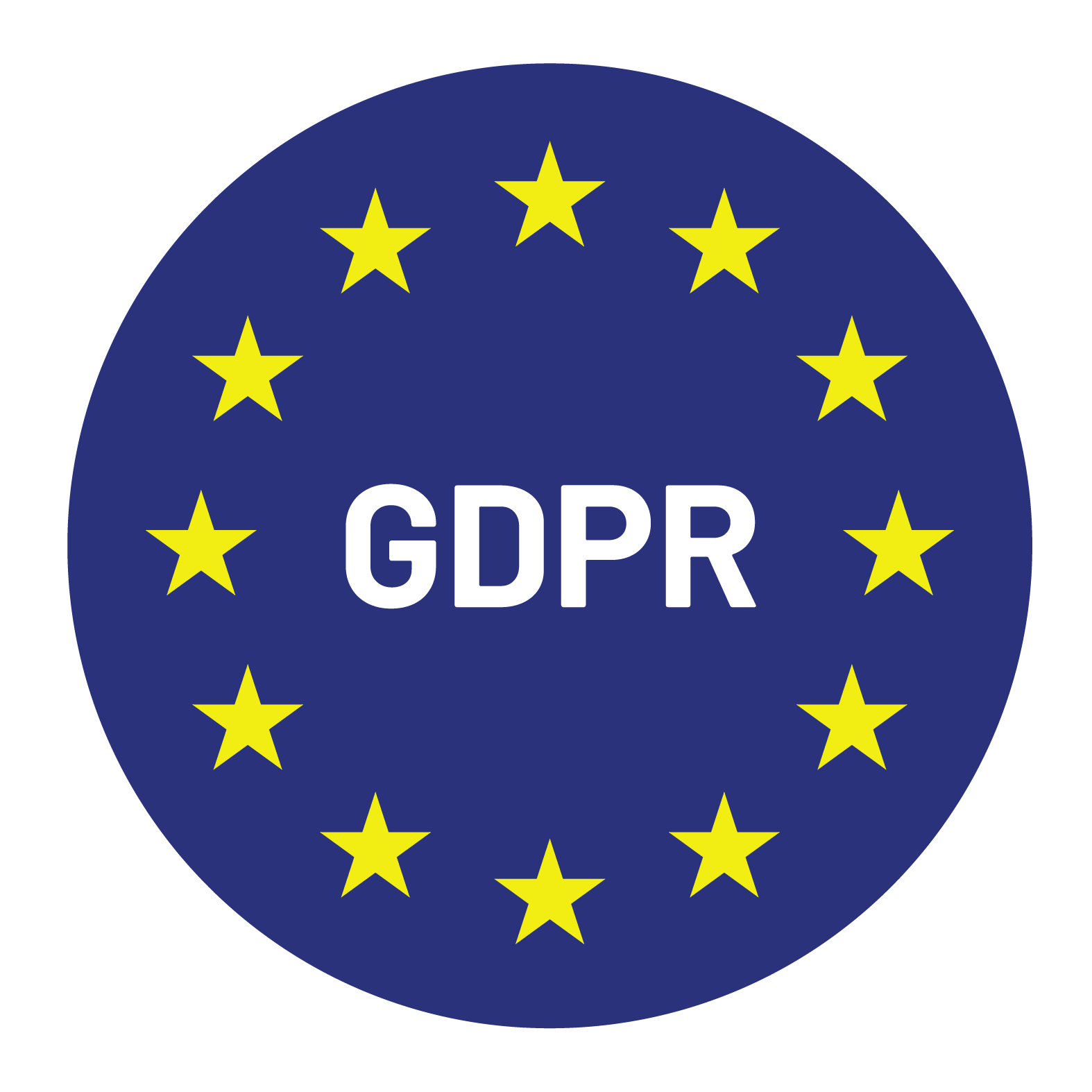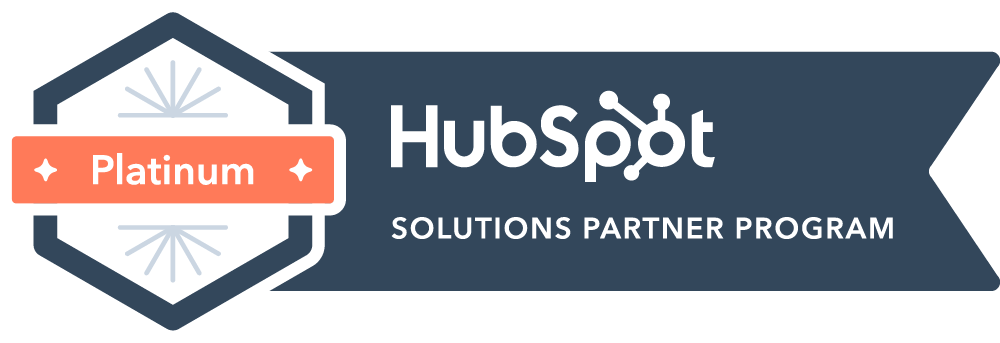

Content Writer for Whistle with multidisciplinary experience spanning over a decade.
Efficient lead management is the backbone of any high-converting sales funnel. This is where CRM integration becomes essential. A well-integrated CRM system does more than store contact information—it gives you complete visibility into your sales process, ensuring that every lead is tracked, nurtured, and moved smoothly through the funnel.
If your goal is to increase conversions and improve ROI, CRM tools can help you manage each stage of the funnel with precision. By integrating CRM, you’ll enhance how you capture leads, segment them, and personalize their journey, ultimately boosting conversion rates.
Here’s how you can create a more effective, high-converting sales funnel with CRM integration.
A sales funnel maps out a customer’s journey from the first interaction to the final purchase. But without proper management, leads can fall through the cracks, and opportunities are lost. That’s where CRM integration comes in—it allows you to automate and personalize each touchpoint, ensuring that no lead is neglected, and every interaction is meaningful.
Integrating CRM into your sales funnel can feel daunting, especially when it comes to ensuring all your data flows smoothly across each stage. For businesses looking to scale quickly, services like those offered by us at Whistle help streamline this process. Whistle has a track record of managing fully-integrated CRM setups for companies around the globe, optimizing their lead management and conversion strategy.
At the top of the funnel, CRM helps capture leads through various channels—whether that’s a website form, a chatbot, or even social media. Once leads are in the system, CRM tools can score, segment, and nurture them as they move down the funnel. By the time a lead reaches the bottom of the funnel, sales teams have all the data they need to close deals efficiently.
CRM integration is essential to avoid missed opportunities, improve follow-up speed, and create tailored customer experiences that turn prospects into loyal customers.
Lead capture is the first step in building a sales funnel. CRM systems simplify this process by automatically pulling in leads from various sources. Whether it’s a form submission, a social media query, or a chatbot interaction, the CRM captures every lead and ensures none slip through the cracks.
For businesses looking to stay organized, segmenting leads by source and engagement level can make a significant difference. With a good CRM, you’ll have a clear view of where your prospects are coming from and how interested they are in your product or service. This helps you prioritize the right leads from the start.
Actionable Tip: Use CRM tools like HubSpot or Zoho to automate lead capture and organize them by their source and level of engagement.
Once you’ve captured leads, the next step is to segment and score them. A CRM allows you to automatically assign scores based on each lead’s interactions with your brand—whether they opened an email, clicked a link, or visited a landing page. The higher the score, the closer the lead is to making a purchase.
Segmenting leads by their behavior helps you tailor your approach. High-scoring leads can be pushed further down the funnel with personalized offers, while lower-scoring leads may need more nurturing before they’re ready to convert.
Actionable Tip: Platforms like Salesforce and Microsoft Dynamics offer advanced lead scoring features that make it easier to prioritize your pipeline.
In the middle of the funnel, personalization is key. Leads need to feel engaged and informed before they can make a buying decision. With CRM, you can send targeted emails, follow-ups, and even product recommendations based on the specific interests and actions of each lead. This level of customization keeps leads warm and interested as they move closer to conversion.
Best Practice: Use CRM tools like Zoho or Salesforce to create email sequences that respond directly to the behavior and preferences of your leads.
At the bottom of the funnel, it’s all about closing the deal. With CRM, your sales team has access to a full history of each lead’s interactions, making it easier to follow up and offer the right solution at the right time. Automation features ensure that no follow-up is missed, and that leads are moved down the funnel efficiently.
Actionable Tip: Use CRM tools to schedule automatic reminders for sales reps, ensuring they follow up at the right moments, which increases the likelihood of closing the deal.
A well-integrated CRM provides visibility over every lead in your funnel. You’ll know exactly where each lead stands, what they’ve interacted with, and how close they are to converting. This real-time insight allows your sales team to spot bottlenecks quickly and adjust their approach as needed.
Example: By using a CRM like HubSpot, your team can easily identify which stages of the funnel need attention, whether it’s lead nurturing or closing.
Personalization is one of the most effective ways to increase conversions. With a CRM, you can tailor your messaging, offers, and interactions to fit each customer’s needs. This not only boosts engagement but also builds trust and encourages loyalty.
Actionable Tip: Use data from your CRM to personalize your outreach. Whether it’s a product recommendation or a follow-up email, personalized communication can significantly improve conversion rates.
CRM systems are built to save time by automating repetitive tasks like follow-ups, lead assignments, and data entry. This allows your sales team to focus on what matters—building relationships and closing deals.
Best Practice: CRM platforms like Salesforce offer robust automation features that help businesses streamline their sales processes, freeing up valuable time for more strategic tasks.
Integrating CRM with your existing marketing, analytics, and e-commerce tools can be a challenge. However, most modern CRM platforms offer strong API support, allowing different systems to communicate seamlessly.
Solution: Choose a CRM with strong integration capabilities, or use tools like Zapier or Integrate.io to connect your systems smoothly.
One of the biggest hurdles to CRM integration is getting your sales team to adopt the tool fully. The benefits of CRM are clear, but it’s essential that your team understands how it will improve their workflow and ultimately lead to more closed deals.
Solution: Invest in training and highlight the immediate benefits of CRM for your team, from improved lead visibility to time-saving automation.
Many businesses have seen measurable improvements in their sales funnel performance through CRM integration. For example, companies using HubSpot CRM report faster lead nurturing and more efficient sales processes. By automating repetitive tasks and improving lead tracking, these companies have been able to boost conversion rates and reduce lead drop-offs.
Case Study Example: A mid-sized tech company integrated Salesforce to manage its sales funnel, resulting in a 30% increase in conversions within six months. By automating lead scoring and nurturing, they reduced the time spent on manual tasks and improved overall pipeline visibility.
Creating a high-converting sales funnel with CRM integration is about more than just technology—it’s about optimizing how you manage leads, personalize customer interactions, and automate key tasks. With the right CRM in place, you can streamline your entire sales process and ensure that no opportunity is wasted.
If you’re serious about streamlining your sales process with CRM and achieving measurable growth, we’re here to help. At Whistle, we’ve guided countless businesses through CRM integration, helping them build funnels that truly convert. Reach out, and let’s talk about how we can support your journey to a more efficient, high-performing sales funnel.


© Copyright – Whistle 2023